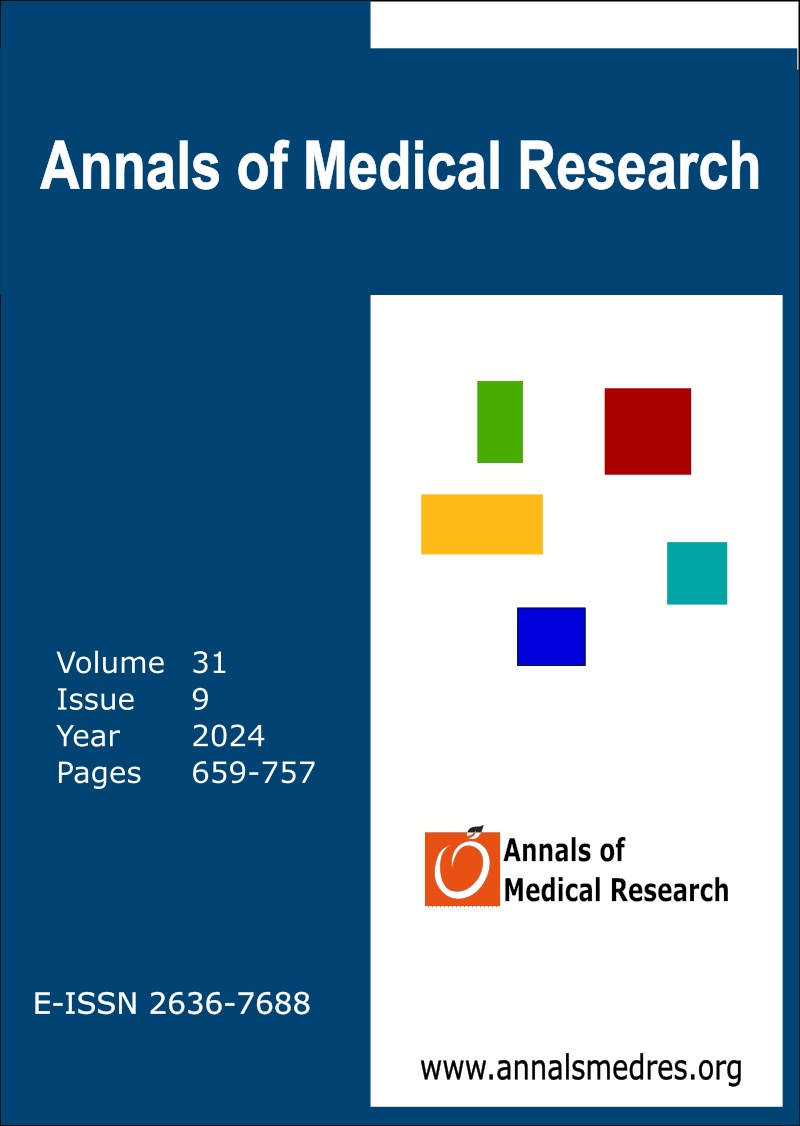Endothelial dysfunction is related to central retinal artery occlusion
Keywords:
Arterial stiffness, Endothelial dysfunction, Flow-mediated dilatation, Pulse wave velocity, Central retinal artery occlusionAbstract
Aim: Central retinal artery occlusion (CRAO) leads to significant, non-painful loss of sight due to retinal infarction. Most CRAO patients have atherosclerotic risk factors. Pulse wave velocity (PWV) and Flow-mediated dilatation (FMD) can provide insights into the onset and development of atherosclerosis. This research aims to assess arterial stiffness measures and identify endothelial dysfunction in individuals with CRAO.
Materials and Methods: 33 consecutive CRAO patients (63 ± 7 years, 21 men (63.6%)) were recruited in the study. 35 age /sex-matched participants were included as a control group. FMD and PWV were measured from the brachial artery, as indicators of endothelial dysfunction and atherosclerosis in the arterial wall, respectively. Additionally, the transthoracic echocardiographic parameters of the patients were investigated.
Results: CRAO patients had significantly higher frequencies of hypertension, hyperlipidemia, and smoking status. Furthermore, the frequency of diabetes was also higher in the CRAO group, but this difference did not reach statistical significance. CRAO patients showed markedly elevated PWV and reduced FMD. However, no notable differences were observed between groups in terms of left ventricle systolic and diastolic functions.
Conclusion: Our study showed that CRAO patients may have increased arterial stiffness and endothelial dysfunction. Systemic endothelial dysfunction and atherosclerosis may be linked to the development of CRAO.
Downloads
Published
Issue
Section
License
Copyright (c) 2024 Annals of Medical Research

This work is licensed under a Creative Commons Attribution-NonCommercial-NoDerivatives 4.0 International License.
CC Attribution-NonCommercial-NoDerivatives 4.0






